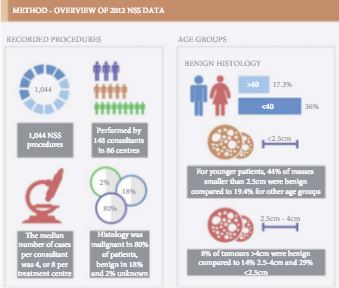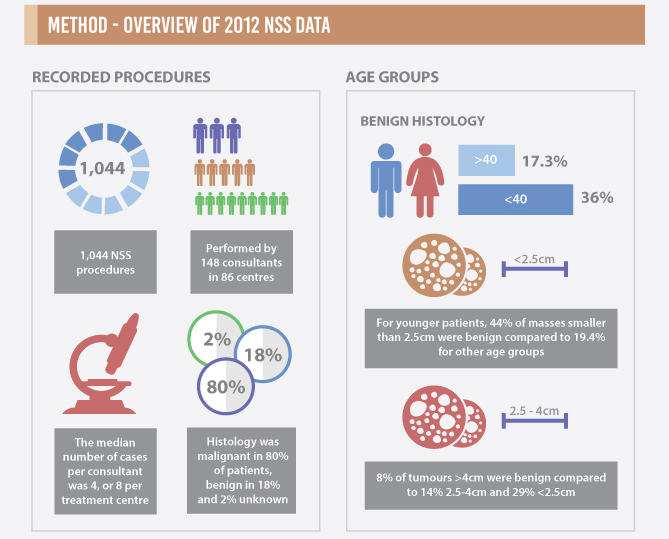Editorial: Mythology and Reality Should Never Be Confused (But Often Are)
The debating halls of learned urological societies often attempt to define theories based on little substance. Unfortunately, although this type of scientific discourse should be encouraged, it can create both content for unrepeatable ‘late breaking’ abstracts and headlines for mass circulation newspapers. Once started, the momentum can make a perception become a ‘reality’ that is invariably difficult to dislodge. An area of particular current interest to both the scientific and lay press, and indeed the regulatory authorities in the USA and the European Union, is testosterone replacement. Within this context, an important potential myth-buster is described in the article by DeBruyne et al. [1]. The hypothesis (aka myth) that was being examined was that application of exogenous testosterone, irrespective of formulation, could exacerbate both benign and malignant prostatic disease. To understand the importance of this type of definitive study we must start at the beginning.
The foundation of the mythology, or in reality a Canadian-US urological tragedy, was ironically in the Nobel Prize winning work of Charles B Huggins. The ‘good news’ was that prostatic tumour regression could be affected by androgen deprivation, a finding certainly worthy of global recognition and acceptance; however, this became embellished to a certain extent, incorporating other aliquots of somewhat circumstantial evidence, leading to a suggestion that testosterone replacement could increase the probability and/or rate of prostate cancer progression. As a result, various societies perhaps understandably adopted their normal conservative approach of inserting a warning (with varying degrees of emphasis) in their guidelines [2]. Over the last decade, with the increasing use of testosterone replacement in the treatment of men with hypogonadism, the issue of benefit–risk has become more relevant, indeed is often transposed to risk–benefit, and is increasingly likely to feature in the popular press. Within the last couple of years, we have seen the spectre of testosterone and cardiovascular risk played out in full public view, but the issue of testosterone and exacerbation of prostatic disease has continued to smoulder in the background.
The RHYME study [1], although it is largely confirmatory as other studies have described similar conclusions, is of considerable ‘real-life’ value. The power of the study is that it should be considered to be representative of the potential hypogonadal population likely to present to the physician. Although not used for regulatory approval purposes, a registry study is considered to be the ‘gold standard’ for this type of analysis. So what are the conclusions of this and the majority of other studies? In essence, there is no evidence that restoration of testosterone to the normal range does increase the incidence or progression of either benign (BPH) or malignant prostatic disease. Any slight changes in PSA level were considered not to be clinically relevant and likely to be as a consequence of the direct pharmacology of increased testosterone levels [3]. This does not imply that exacerbations will never be seen or that appropriate monitoring should not be carried out; more that the conventional wisdom on testosterone and prostatic disease has gone (or should go) the way of antimuscarinic agents, invariably causing urinary retention in patients with BPH. It is to be hoped that studies such as the RHYME study will continue to be undertaken and help provide perspective for specialist and primary care physicians alike in areas of emergent clinical interest.




